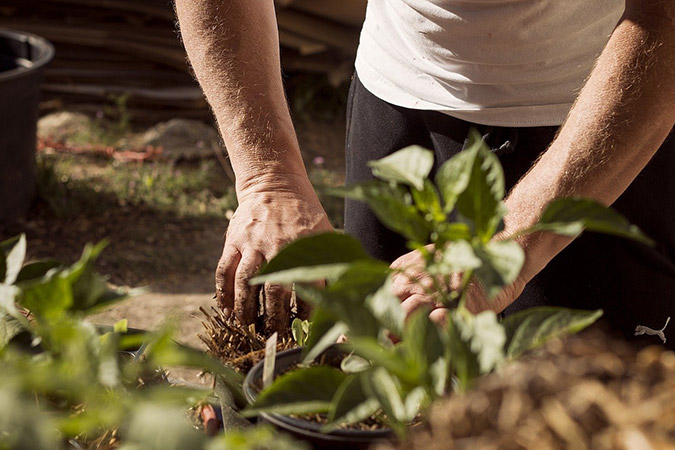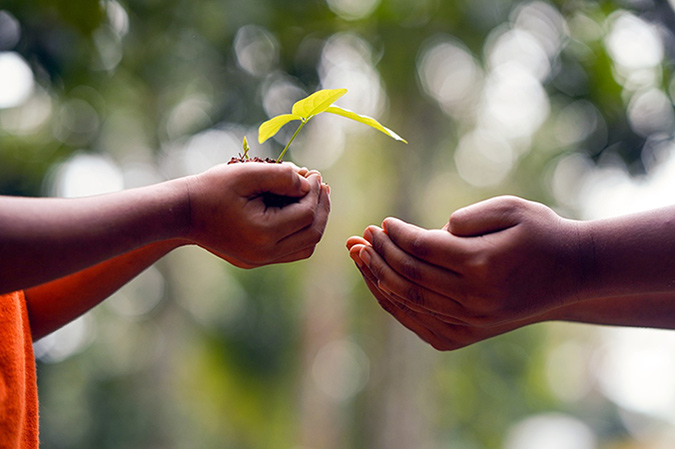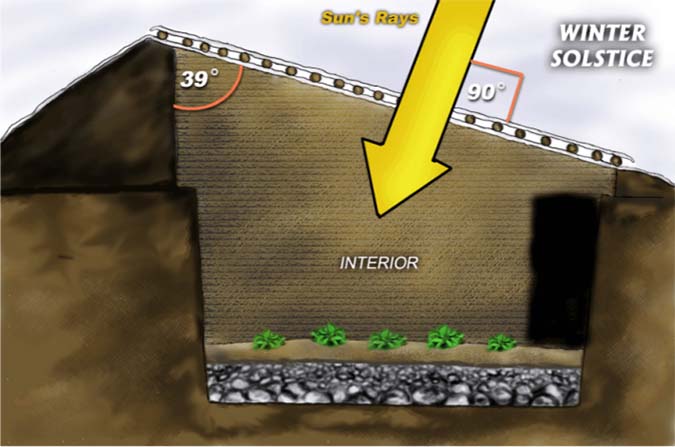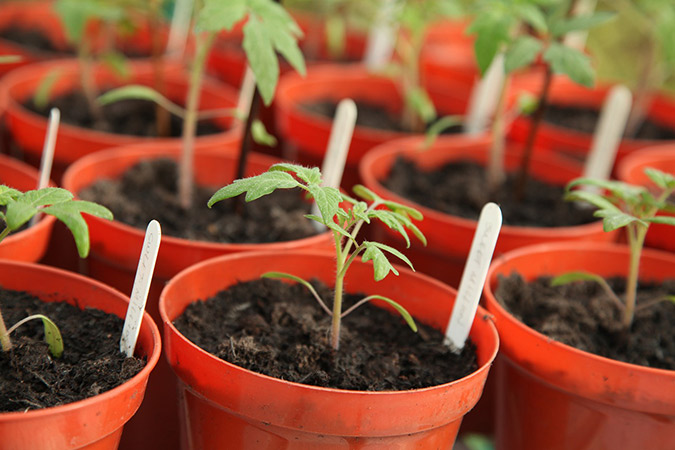Head underground to learn the basics of building a Walipini pit greenhouse—perfect for year-round growing in arid Southwestern climates!
Underground Walipini Pit Greenhouse Construction
So, just what is a Walipini underground greenhouse? In short, it is a pit greenhouse carved out of the ground and laid over with glazing.
The term Walipini stems from a 1990s project during which members of the Benson Agriculture and Food Institute built underground greenhouses in Bolivia. These pit gardens pioneered year-round vegetable farming and improved nutrition for this and other underdeveloped areas of Latin America.
Age-Old Wisdom: Use What You Have

Image by Delynn Talley from Pixabay
Under the right conditions, a Walipini capitalizes on Mother Earth to offer a warm and well-lit garden environment throughout the seasons. However, care must be taken to determine whether your specific geographic locale and sun exposure fit the bill.
Here is an excellent document on how to build an underground Walipini pit greenhouse. These greenhouses are particularly well suited for use in arid Southwestern climates.
Click here for the full Benson Institute Walipini Construction (The Underground Greenhouse) PDF.
Planting Deep Research Roots

Image by Shameer Pk from Pixabay
We extend thanks to the Benson Institute for producing this document. Brigham Young University founded the Benson Institute in 1975 as part of its College of Biological and Agricultural Sciences. It bears the name of Ezra Taft Benson, U.S. secretary of agriculture during the administration of President Dwight D. Eisenhower.
The Benson Institute strives to teach families in developing countries how to become nutritionally self-sufficient and improve their economic circumstances. Participants learn about food production, nutrition, diet, and home food storage. Families learn to grow vegetables and fruits or raise small animals to better provide for themselves.
What Do You Think?
Do you live in an area where you could benefit from the perks of a Walipini pit greenhouse? Have you tried other strategies that promise a year-round garden yield? If so, share your wisdom with the TGN Community in the comments below!
——————————————-
This is an updated version of an article that was originally published on August 26, 2014. The author may not currently be available to respond to comments; however, we encourage our Community members to chime in to share their experiences and answer questions!
The Grow Network is a participant in the Amazon Services LLC Associates Program, an affiliate program designed to provide a means for our team to earn fees for recommending our favorite products! We may earn a small commission, at no additional cost to you, should you purchase an item after clicking one of our links. Thanks for supporting TGN!

The Grow Network is a global network of people who produce their own food and medicine. We’re the coolest bunch of backyard researchers on Earth! We’re constantly sharing, discovering, and working together to test new paths for sustainable living—while reconnecting with the “old ways” that are slipping away in our modern world. We value soil, water, sunlight, simplicity, sustainability, usefulness, and freedom. We strive to produce, prepare, and preserve our own food and medicine, and we hope you do, too!









COMMENTS(6)
Link to the PDF is not working
SORRY! I updated and it’s now working
Nice pdf. I love the idea, but I’m worried about water seeping in and wrecking everything. Still, the information about installing water drainage gives me some hope. I’ll keep the pdf on my computer, just in case I get the opportunity in the future.
I always get so many ideas for projects when I come here. …I’m not sure if that’s a good thing or a bad thing. 😉
I downloaded and reviewed this pit greenhouse. Living in Florida I figured this wouldn’t be a good idea, I think I’m right. I will say though after reading the file that this is genius in its’ design. The cost is minimal as stated labor is free and whatever materials you may have will contribute otherwise you may need to purchase a few minimal items. The concept is great providing you have the property to put this near you, but not too close. Once constructed this unit will feed your family for years all year round. Marjory this is a great contribution to your family. Thanx from all of us.
Hi Larry, you are welcome. Yeah this may not be such a good thing in Florida… Uh the water table was only about 2 feet deep in my Mom’s backyard in N. Miami! LOL.
I’ve seen it working really really well in New Mexico and guessing a lot of other places it would be good in. Hmm, I’ll put it on my ‘ideas’ list for possible Colorado projects.
What suggestions do you have for the roof of the underground greenhouse, for us who live in the high country and snow piles up several feet deep. Do we need more of an a-Frame roof? No plastic sheeting will hold under the weight of several feet of snow. Snow is really heavy. Any ideas for us where winter temps drop to at least -20 degrees F? Clear side panels for tops of walls, maybe? I am intrigued by this underground possibility. Mary